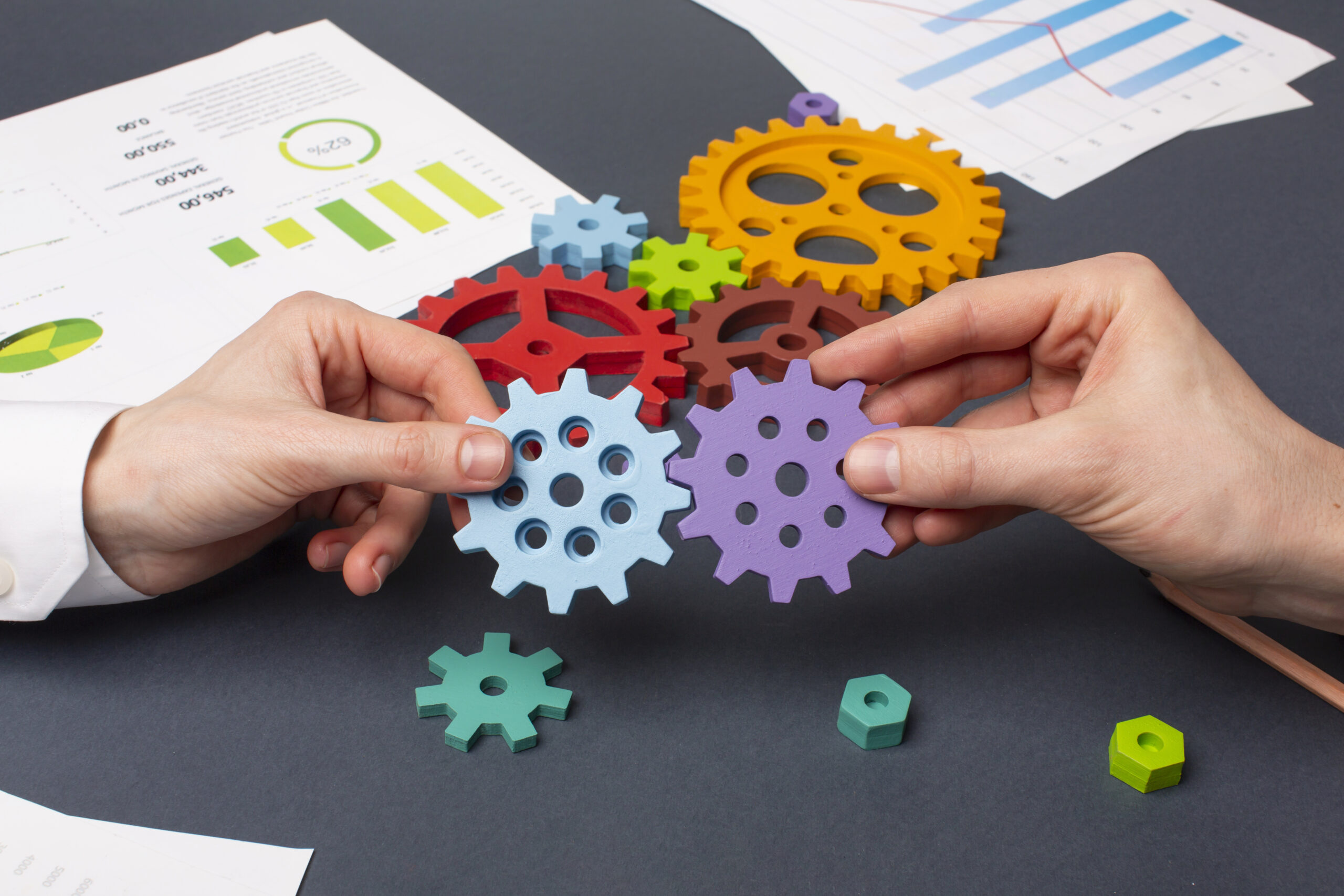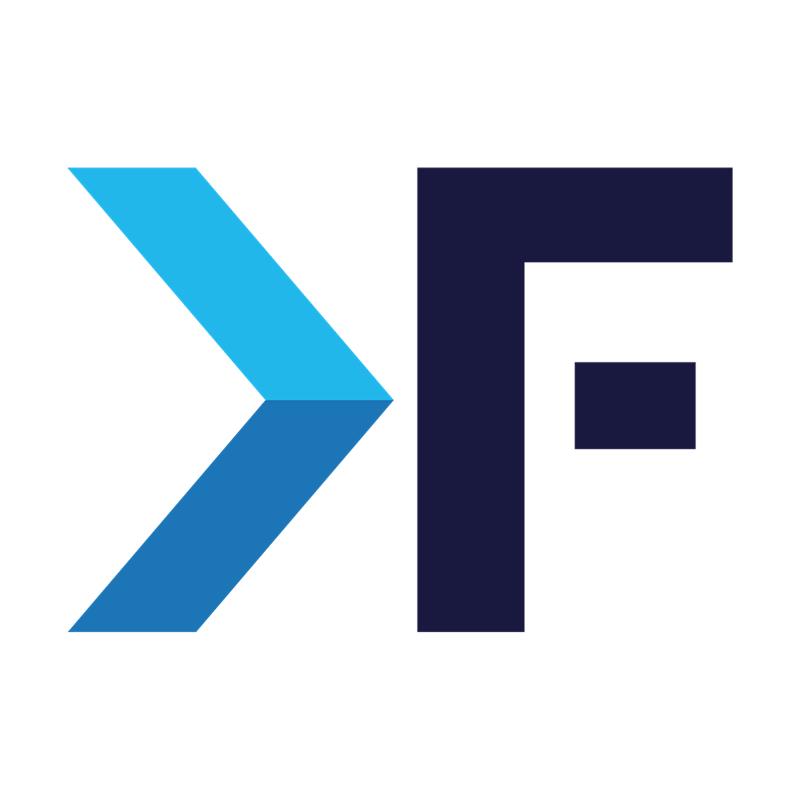
August 13, 2025
Reranking in RAG: Accuracy Wins, Latency Costs, and When It’s Worth It (2025 SMB Guide)
Let's say your Retrieval-Augmented Generation (RAG) system produces answers with roughly 50% top-1 retrieval accuracy—a common baseline for many dense retrieval systems.
While your model-generated output appears polished, this accuracy gap risks losing user trust, productivity, and credibility. You're essentially utilizing an LLM with half of its context being suboptimal. The solution? Add a cross-encoder reranking stage.
In production deployments, teams regularly achieve 70-90% accuracy improvements using reranking with zero embedding retraining on the same hardware, implemented significantly faster than training dense retrievers from scratch.
What You'll Learn:
1. Why improving RAG accuracy beyond 70% creates measurable ROI
2. How two-stage retrieval with reranking works technically
3. A practical deployment blueprint that teams can replicate
4. Cost vs latency trade-offs and when reranking isn't optimal
The Challenge with ~50% Baseline Accuracy
Dense bi-encoder systems like DPR commonly achieve top-1 retrieval accuracy around 50% on open-domain question answering datasets. For context, recent benchmarks show DPR achieving approximately 50% top-1 accuracy on Natural Questions, while newer dense retrievers like BGE and E5 perform similarly on out-of-domain tasks without fine-tuning.
These accuracy gaps directly result in:
1. LLM hallucinations from irrelevant context
2. Incorrect citations and source attributions
3. User frustration and increased support queries
4. Platform abandonment in enterprise applications
In legal, medical, or specialized knowledge domains, incorrect answers create cascading issues: overwhelmed help desks, user retry loops, and compliance risks. While additional training can help, it typically requires weeks to months of effort without guaranteeing complete resolution.
Understanding Reranking: The Second Stage of Retrieval
Reranking applies a second-pass evaluation to your initial retrieval results. The process works as follows:
First stage: Retrieve top-k passages (typically 50-100) using your existing dense retriever
Second stage: Score these passages using a cross-encoder model that considers both query and passage together
Reorder: Sort passages by relevance scores and pass the top-n to your LLM
Cross-encoders avoid the information compression limitations of bi-encoders by processing query-document pairs jointly through the full transformer architecture, producing more nuanced relevance scores.
Real-World Impact: Documented Accuracy Improvements
Recent research demonstrates consistent reranking benefits:
Academic benchmarks: Cross-encoder rerankers typically improve top-1 accuracy by 15-25 percentage points on standard QA datasets like Natural Questions and TriviaQA
Production systems: Industry reports show improvements from ~50% to 70-85% top-1 precision when adding reranking layers
BGE reranker studies: Recent evaluations show 20-30% relative improvement in retrieval quality across diverse domains
These improvements translate to measurably better user experiences: fewer "I don't know" responses, more accurate citations, and reduced support ticket volume.
Implementation Blueprint: Adding Reranking to Your RAG Stack
Step | Implementation Details |
1. Baseline Setup | Use your existing retriever (DPR, BGE, E5, or hybrid). Measure current top-1 accuracy and establish recall benchmarks. |
2. Retrieve Candidates | Set k=50-100 candidates. Balance recall coverage (too low limits reranker effectiveness) with cost (too high increases latency). |
3. Cross-Encoder Scoring | Use proven models like cross-encoder/ms-marco-MiniLM-L-6-v2 or BAAI/bge-reranker-v2-m3. Consider fine-tuning smaller models if sub-100ms latency is critical. |
4. Reorder and Filter | Pass top-n reranked results to your LLM (n=1 for single answers, n=3-5 for multi-hop reasoning). |
5. Monitor Performance | Track top-1 accuracy, exact match/F1 scores, end-to-end latency, and user satisfaction metrics. |
Performance Expectations: Well-optimized cross-encoders typically process 50 candidates in 100-200ms on modern GPUs. This adds 2-3x latency compared to retrieval-only systems but dramatically improves answer quality.
Optimization Strategies:
- Model distillation for faster inference
- Candidate batching based on GPU memory
- Result caching for frequent queries
- Dynamic reranking based on query complexity
Cost-Benefit Analysis: When Reranking Pays Off
Benefits:
- Accuracy gains: 20-40% improvement in retrieval precision
- User experience: Fewer incorrect answers and retry loops
- Support reduction: Measurably fewer help desk tickets
- Trust building: More reliable citations and factual responses
Costs:
- Latency: 2-3x increase in retrieval time (100-200ms additional)
- Compute: Additional GPU/CPU resources for cross-encoder inference
- Complexity: Extra model management and monitoring
ROI Calculation Framework:
ROI = (Reduced Support Costs + Improved User Retention) / Additional Compute Costs
Most organizations see positive ROI within 2-3 months, particularly in high-stakes domains where answer accuracy directly impacts business outcomes.
When to Skip Reranking
Avoid reranking if you have:
- Ultra-low latency requirements (sub-50ms end-to-end response times)
- Small document collections (<1,000 documents where simple search suffices)
- Keyword-heavy use cases where sparse retrieval (BM25) already provides high precision
- Resource constraints where 2-3x latency increase is unacceptable
Alternative approaches for these scenarios include:
- Late interaction methods (ColBERT, ColBERTv2)
- Learned sparse retrievers (SPLADE)
- Query-specific retrieval strategies
- Hybrid dense-sparse approaches
Measuring Success: Key Metrics
Accuracy Metrics:
- Top-1, Top-5, Top-10 retrieval accuracy
- Exact match and F1 scores for QA tasks
- Human relevance ratings for retrieved passages
Performance Metrics:
- End-to-end query latency (p50, p95, p99)
- Throughput (queries per second)
- Resource utilization (GPU/CPU/memory)
Business Metrics:
- User satisfaction scores
- Support ticket volume
- Task completion rates
- User retention and engagement
Implementation Checklist
Before deploying:
- Establish baseline accuracy measurements
- Define success criteria and acceptable latency bounds
- Set up A/B testing infrastructure
- Plan rollback procedures
During deployment:
- Start with conservative candidate counts (k=25-50)
- Monitor latency impacts across different query types
- Track accuracy improvements with statistical significance
- Gather user feedback on answer quality
Post-deployment optimization:
- Fine-tune candidate selection based on query patterns
- Optimize model choice for your specific domain
- Consider caching strategies for common queries
- Evaluate advanced techniques like query expansion
Next Steps and Advanced Considerations
1. Starting point: If you're experiencing sub-70% retrieval accuracy, reranking offers one of the highest-impact improvements available.
2. Quick wins: Most teams can implement basic reranking within days using pre-trained cross-encoders, seeing immediate accuracy improvements.
3. Advanced optimizations: Consider query-adaptive reranking, multi-stage architectures, or domain-specific fine-tuning for specialized use cases.
4. Measurement is crucial: Establish clear baselines and continuously monitor both accuracy and performance metrics to ensure your reranking strategy remains effective as your system scales.
If you’re stuck at 50% RAG accuracy, talk to us about adding reranking in days—not months.
- RAG
Want This Done the Smart Way
Similar Blogs
Similar Blogs
Want This Done the Smart Way?
Let's Connect
Ready to get started?
We'd love to talk about how we can work together
AWS CLOUDCOST
Take control of your AWS cloud costs that enables you to grow!
